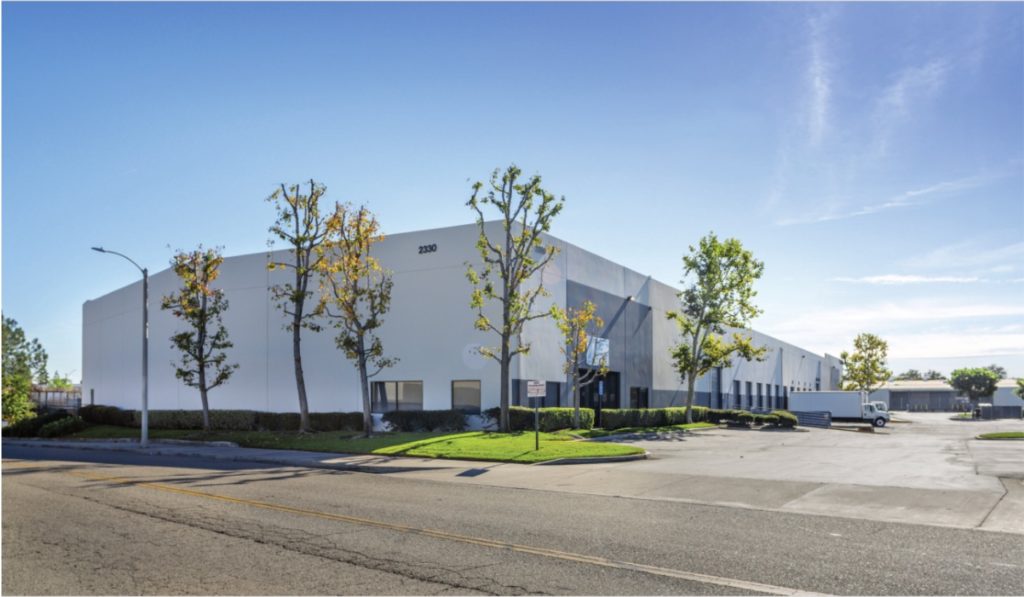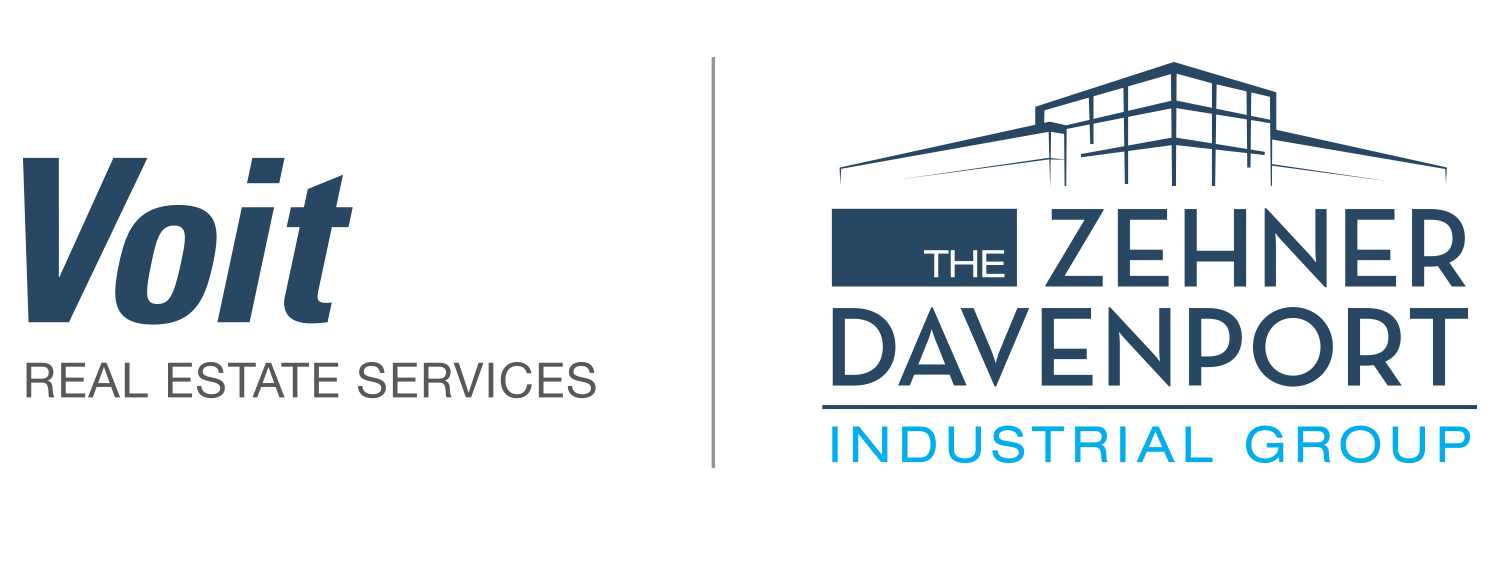Looking at local commerical/industrial market conditions through the lens of macro-economic factors.
Macro-economic conditions like GDP growth, the cost of and access to capital and the unemployment rate are all components of the property value equation because they help shape the psychology of business decision making.
If C-suite decision makers are optimistic about the overall health of the economy, they are more apt to take on the risk that goes with offensive growth strategies.
This leads to new investment in plant, equipment and people that translates into stronger demand, declining vacancy and upward pressure on lease rates and sales prices. This scenario certainly rings true today for most metro areas around the country, but it is just part of the equation.
Local market conditions are profoundly different from one area to the other. The Dallas/Fort Worth area has millions of acres of undeveloped land no matter what direction you’re driving when you head out of town. This is certainly not the case in Southern California.

There is almost no vacant land and the area is surrounded by an ocean, mountains and other fully developed markets. That has caused double-digit annual increases in both rents and sales prices and has forced companies to lease or purchase older, often obsolete buildings that don’t support maximum operational efficiency. So, Southern California industrial users often pay twice as much as their Texas counterparts for the same amount of older, less functional space.
While it remains true that demand across the country for industrial space is running well ahead of existing supply, that demand is not distributed across all industrial business sectors. Let’s take the e-commerce distribution sector, the hottest industrial segment of them all, as an example.

Demand for state-of-the-art industrial space in distribution hubs like the Inland Empire has been fueled almost entirely by these “big box” users, but have had nominal effect on areas like South Orange County where such buildings don’t even exist. So, it is so important to make sure the market metrics you rely on are local, accurate and specific to your preferred product type.
Taking local considerations even further, the unique circumstances of each property and owner must also be considered to determine a fair lease rate or sales price.
An industrial park with a high occupancy level today may have leases expiring soon that might motivate its local investor/owner to offer a lower lease rate or a more generous improvement allowance to prevent loss of rental income due to prolonged vacancy. Conversely, an institutional owner in the same local market whose project is nearly full with low expected turnover might be inclined to raise rates and reduce concessions on his available space.
Bottom line: understanding the backstory of every property you consider is critical. Add that to a good understanding of macro-economic factors impacting real estate in your area, and you are on your way to making the right decision in choosing the next home for your business.
If you would like to learn more about what is happening in your immediate area, give us a call. We are here to help.


Leave a Reply
You must be logged in to post a comment.